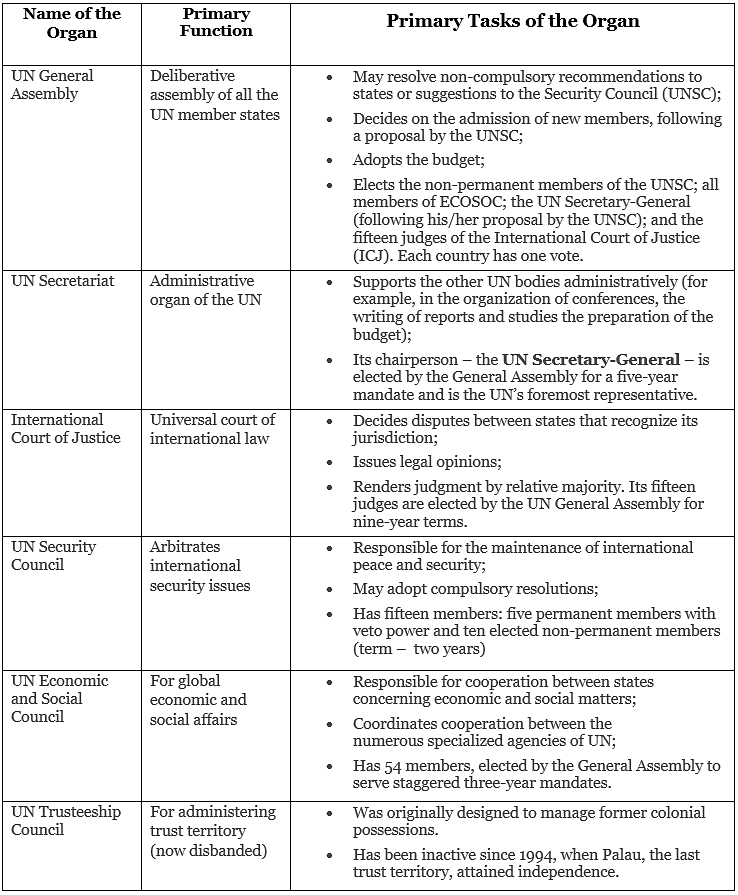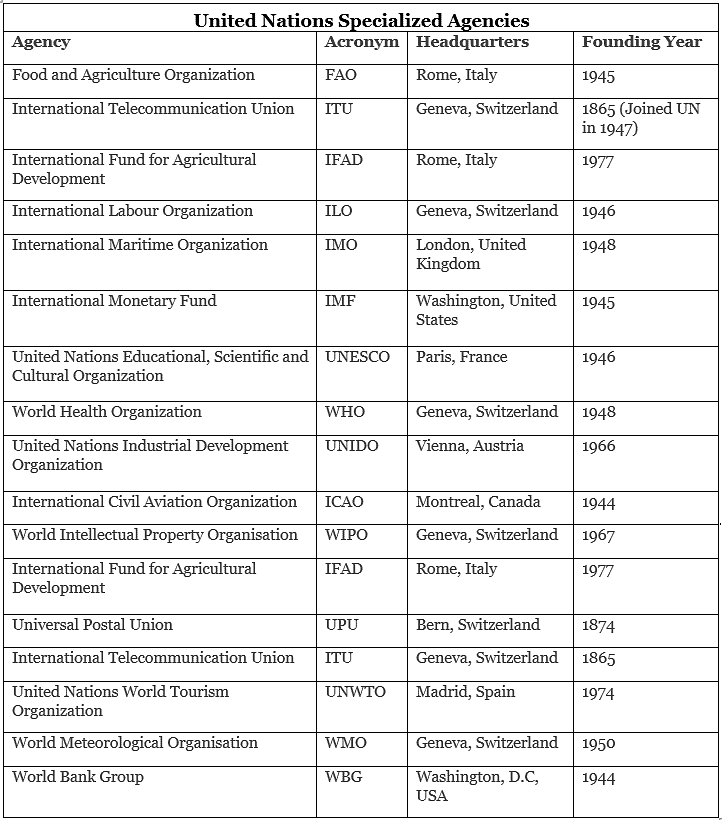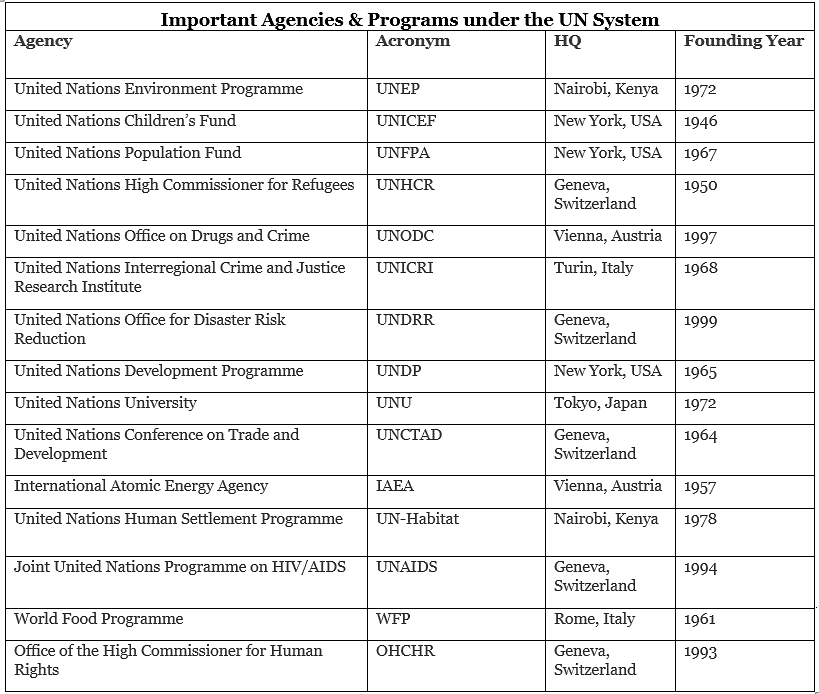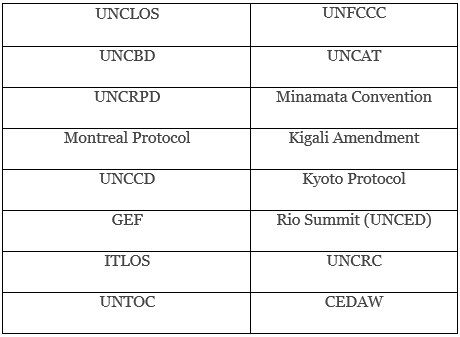United Nations Organisation | Famous Books for UPSC Exam (Summary & Tests) PDF Download
| Table of contents |

|
| Introduction |

|
| Functions of the United Nations |

|
| What are the Specialized Agencies of the UN? |

|
| UN Agencies and Organizations |

|
| UN Conventions |

|
Introduction
The United Nations (UN) came into existence after the catastrophic events of World War II, aiming to prevent future global-scale conflicts, and serving as a successor to the ineffective League of Nations. On April 25, 1945, representatives from 50 governments gathered in San Francisco to draft what eventually became the UN Charter. This charter was officially adopted on June 25, 1945, and took effect on October 24, 1945.
Functions of the United Nations
The organization, guided by its charter, has several key objectives, which include the maintenance of international peace and security, the protection of human rights, the delivery of humanitarian aid, the promotion of sustainable development, and the upholding of international law. Originally founded with 51 member states, the UN's membership expanded to 193 in 2011, encompassing the vast majority of the world's sovereign states.
Structure of the United Nations
The UN operates through five principal organs:
- General Assembly
- United Nations Security Council (UNSC)
- Economic and Social Council (ECOSOC)
- International Court of Justice
- UN Secretariat
The Trusteeship Council, once the sixth principal organ, suspended its operations on November 1, 1994, after granting independence to Palau, the last remaining UN trustee territory.
Below is a concise table summarizing their primary functions:

What are the Specialized Agencies of the UN?
According to the UN Charter, each principal organ of the United Nations has the authority to create different specialized agencies to carry out its responsibilities. Currently, there are 17 specialized agencies within the UN, listed in the table below:

UN Agencies and Organizations
Within the UN system, numerous agencies, bodies, institutes, and organizations operate. Some of these entities existed before the establishment of the UN and were later integrated into its structure, while others were founded subsequently. These entities play crucial roles in various domains, regions, and sectors. The table below highlights a selection of significant organizations within the UN system.

UN Conventions
The United Nations establishes international conventions covering a wide range of issues and domains, some of which may carry legal obligations for participating parties. The table below provides information on some significant conventions, protocols, and other agreements. To learn more about each convention, simply click on their respective names.

|
1179 videos|2219 docs|849 tests
|




















